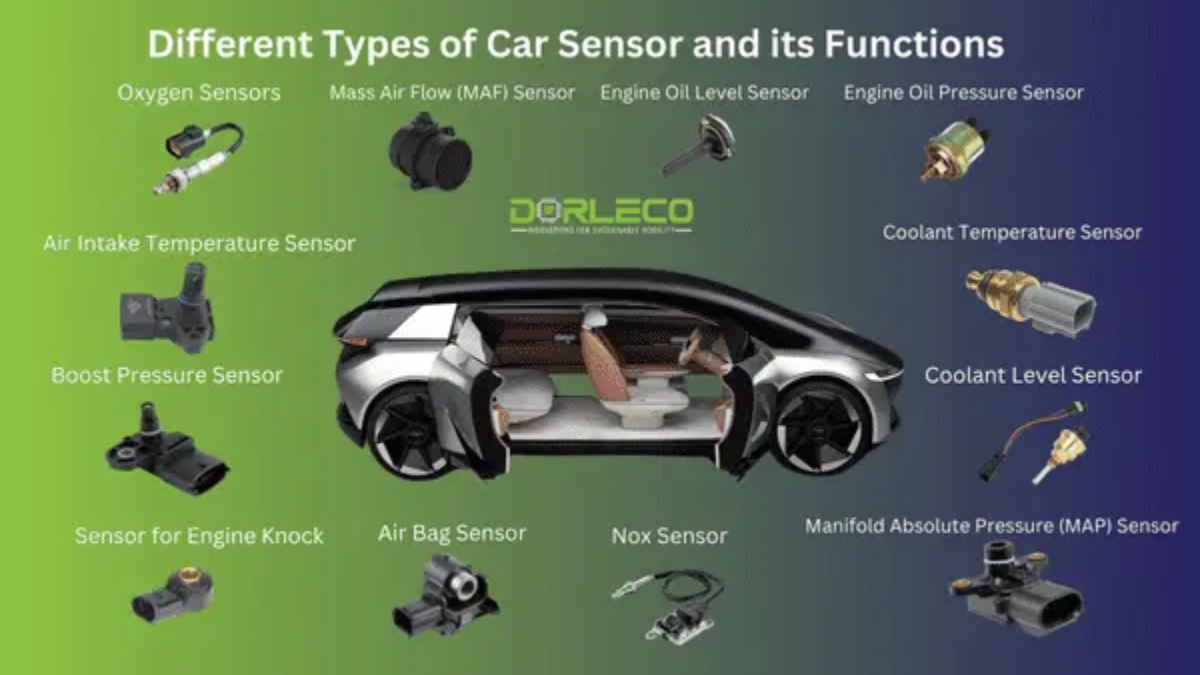car sensors
When issues or obstacles arise in your car, an electrical device known as a car sensor monitors them and alerts the driver. These automotive sensors frequently modify the engine to fit the situation. Car sensors are becoming an essential part of a modern car. The car is now smarter than before because its sole goal is to identify any threat to the vehicle and its occupants.
Previously, sensors could only be used by the engine. However, most vehicle operations now rely on a sensor, thanks to technological advancements. Car sensors monitor the car’s oxygen or fuel intake and predict any mechanical issues.
What Purposes Do Car Sensors Serve?
“Sensing” and “monitoring,” as their names suggest, are the main functions of car sensors.
The primary function of automobile sensors is data gathering and transmission to the Electronic Control System (ECS). The ECS uses algorithms to assist people in taking specific actions in a given situation.
These car sensors and ECS translate the physical and chemical change variables into electric signals, which inform the driver of additional tasks.
How do car sensors work?
Think about the human body to gain a basic grasp of the different types of car sensor and their functions.
Our five senses help us remain aware of the environment around us because we are mindful of them. Abrupt changes in our surroundings cause reflexes. Similarly, our body notifies the brain to start the proper reaction when something foreign enters our body or breaks down unexpectedly.
Cars are automotive sensors, just like these sensory organs. They let you know if there’s a problem with any of its interior parts or if something is blocking the way. Computerization and new algorithms have improved the precision of these sensing capabilities in today’s automobiles.
Automobile sensors detect issues and notify the CPU when they appear. The processor will provide the rider with further information by blinking the dashboard or screen lights or by issuing an auditory alert. Moreover, robots can initiate a reflex action in case immediate aid is required.
For instance, the fuel level sensor in your car may tell you how much fuel it has left in it. When the gasoline becomes low enough to need refueling, it will notify you. The fuel level sensor will also alert you if there is unnecessary fuel drainage or insufficient fuel in the tank. Modern cars even have GPS attached to the gasoline level sensor to enhance your driving experience.
Car Sensor Types
In recent years, modern cars have incorporated an increasing number of sensors. Enhancing a car’s detection capabilities ensures a safe and comfortable journey as well as an extended vehicle lifespan.
The modern automobile is equipped with a multitude of sensors. However, not every car has every one of them. Because of this, these 12 essential types of automotive sensors are found in almost every vehicle.
1. Oxygen Sensors
The ideal ratio of air to fuel for an internal combustion engine is 14.7:1. This means that to burn one gram of fuel, 14.7 grams of air must be present in the combustion chamber.
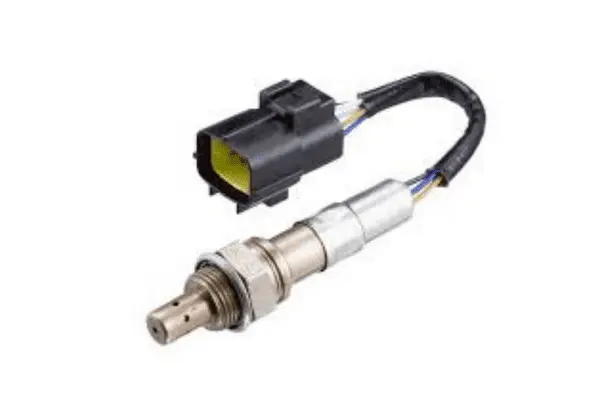
Oxygen sensors, often known as O2 sensors, monitor the oxygen content of vehicle exhaust systems. After receiving this data, the VCU makes the necessary adjustments to the air/fuel mixture to ensure optimal engine performance.
2. Mass Air Flow (MAF) Sensor
The mass airflow sensor is a part of the car’s air intake system that measures the volume of air entering the intake. The VCU uses this information to determine the optimal amount of fuel to inject for optimal combustion. It is usually located in between the intake filter and the intake manifold.
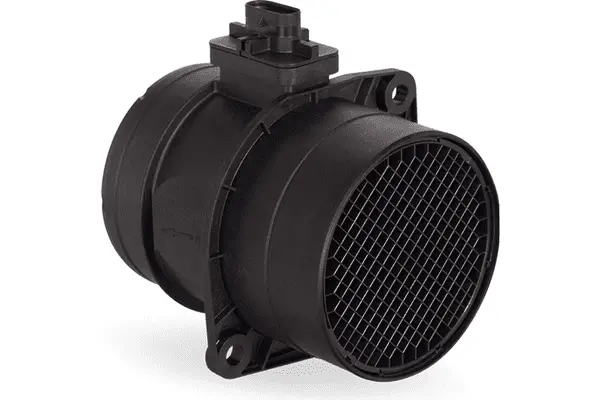
If the MAF sensor fails, the vehicle’s VCU won’t know how much fuel to inject into the combustion chamber, which will result in subpar engine performance.
3. Engine Oil Level Sensor
Maintaining an engine’s oil level at the recommended level as instructed by the manufacturer is essential to preventing catastrophic engine damage.
Low levels of lubrication in internal components brought on by insufficient engine oil can result in substantial wear and tear on an internal combustion engine (ICE). The increased friction between the moving parts may cause the engine temperature to rise to the point of complete engine seizing.
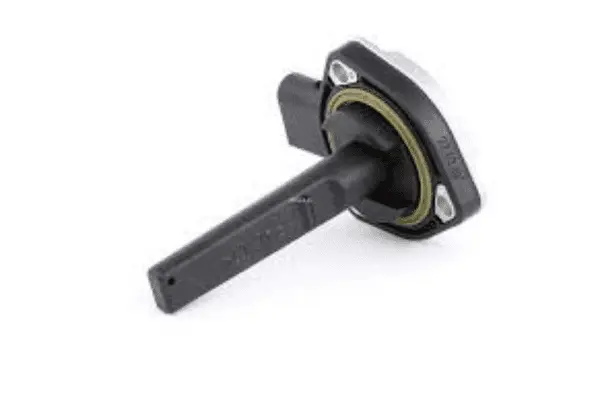
This sensor, which is often found on the side of the oil pan, is what causes the engine oil warning light to show on the dashboard of the majority of cars. If this light comes on, check the oil levels in your engine immediately.
4. Pressure Engine Oil Sensor
All internal combustion engines (ICEs) use forced lubrication systems to ensure that engine oil gets into all of the engine’s nooks and crannies, enabling flawless functioning and prolonging engine life by preventing metal-on-metal contact.
The engine oil pressure sensor, which is normally located at the base of the cylinder head, is connected to the engine oil warning light on the dashboard. In certain autos, it could also be related to the check engine warning light.
5. Coolant Temperature Sensor
Heat is the enemy of efficiency for anyone with even a cursory understanding of elementary physics. Every modern engine has a robust cooling system, which maintains the engine operating at its optimal temperature for optimal efficiency.
These systems circulate coolants to take the heat out of the engine and then recool the coolant by passing it via the radiator. This continues in an endless cycle as long as the engine is operating.

If the coolant temperature goes too high, the sensor sends a signal to the VCU, which causes the dashboard’s coolant temperature warning light to illuminate. If this happens, you should stop immediately to prevent the engine from overheating and perhaps seizing.
6. Coolant Level Sensor
As was previously discussed, coolants are pushed through the engine to prevent overheating. When the coolant level drops below a preset threshold, the coolant level sensor, which is located inside the expansion tank or at the bottom of the radiator, triggers a warning light.
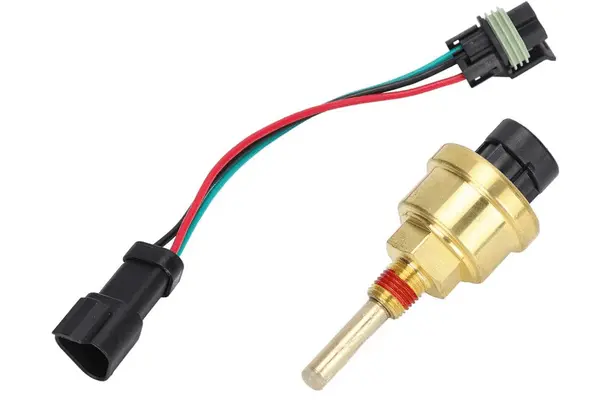
You should only use coolants that the manufacturer has approved to provide optimal cooling and lower the risk of an overheated engine.
7. Air Intake Temperature Sensor
The temperature of the air entering the engine may affect how well the car performs. More oxygen molecules are found in colder air because it is denser, and vice versa.
The air intake temperature sensor is located between the intake filter and the intake manifold, just like the previously described MAF sensor.

When the air intake temperature sensor and MAF sensor are combined in some cars, the VCU can calculate the ideal fuel injection volume to keep the engine running efficiently.
8. Manifold Absolute Pressure (MAP) Sensor
The MAP sensor’s primary job is to communicate critical pressure data to the engine manifold. It calculates the difference in pressure inside and outside the engine manifold to ensure that the engine always gets adequate fuel, regardless of pressure differences outside the engine.
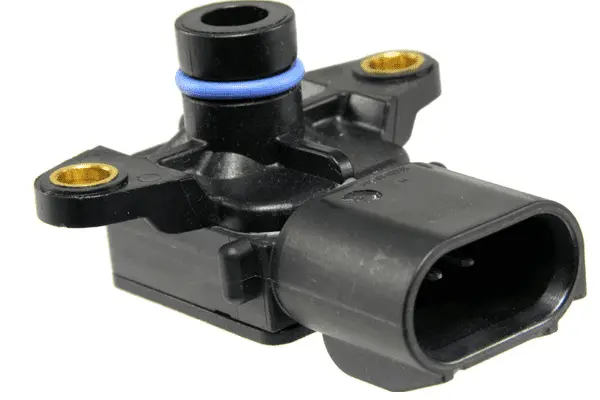
In non-naturally aspirated engines, this sensor is usually located in the intake track or above the intake manifold. An issue with the MAP sensor may result in lower mileage and frequent engine stalling or surging.
9. Boost Pressure Sensor
Boost pressure sensors are only found in cars with forced induction, particularly in turbocharged or supercharged vehicles.
Measuring the pressure difference between the engine and the supercharger or turbocharger is their primary responsibility. The VCU then uses this data to inject the right amount of gasoline for optimum engine performance.
These sensors, which are frequently located inside the intake pipes of engines, could break down and cause the engine to perform less well.

Since the VCU cannot supply enough fuel for the amount of air entering the engine, failing the sensor may also result in difficulties starting the engine.
10. Engine knock sensor
Engine banging can cause serious damage to an engine. Knocking is a 4-stroke engine cycle imbalance that can occur when the air-fuel combination ignites before the ignition phase.
The knock sensor monitors unusual vibrations resulting from uneven engine detonation. The VCU then uses this information to modify the timing of the ignition, put an end to banging, and preserve smooth engine operation.
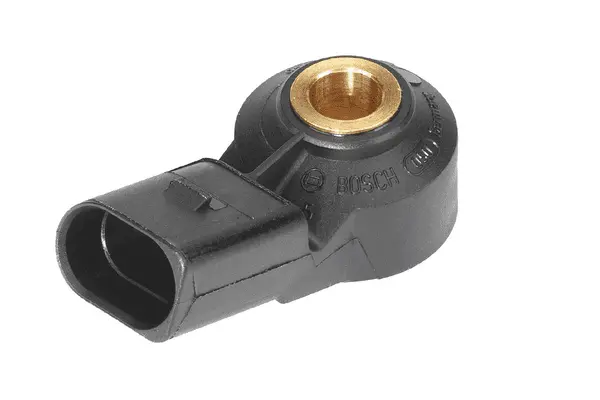
Ignoring a defective knock sensor can cause major harm to an engine by drastically lowering power and efficiency.
11. Air Bag Sensor
When driving carefully, airbag sensors ensure the protection of the occupants in the event of an incident. Airbag sensors are triggered by events like hard stops or high-impact pressure.
These sensors monitor wheel speed, brake force, and forceful impacts with objects. To prevent major injuries in the event of an accident, airbag sensors initiate automated seatbelt adjustments, door locks, and airbag deployment. Every one of these processes happens in milliseconds.
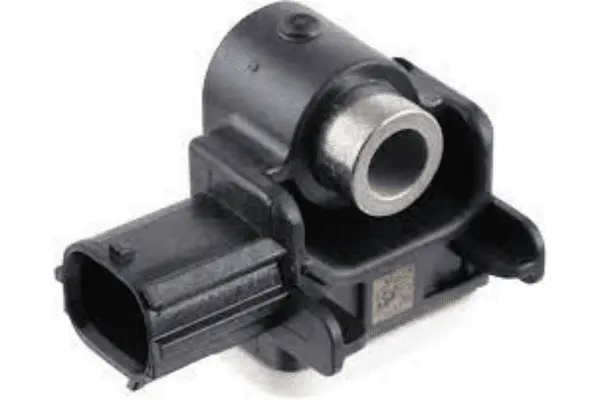
After receiving a signal from airbag sensors, the inflator system in your automobile injects nitrogen gas into the airbag. In the case of a side, rear, or front collision, this acts as a cushion.
12. Nox Sensor:
Vehicle emission control systems depend on nox sensors. High-temperature devices can identify nitrogen oxide (NOx) in exhaust fumes. These sensors provide information to the VCU, which controls the air-fuel mixture during engine combustion. Helping to attain the necessary NOx level.
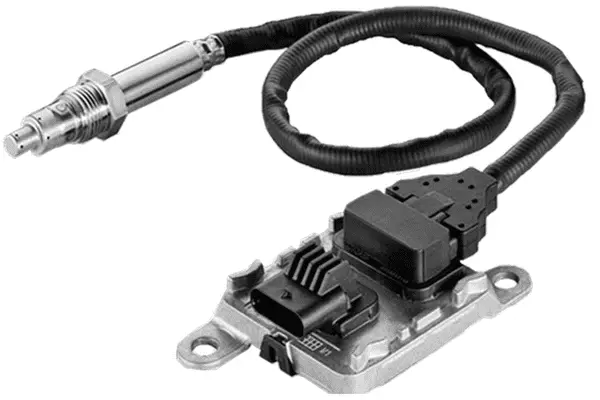
Nitrogen oxide, along with hydrocarbons and carbon monoxide, is a hazardous environmental pollutant. As a result, strict regulations are in place for emissions from vehicles that pose a risk. The composition of a vehicle’s nitrogen oxide emissions is also covered by these laws. Moreover, NOx sensors prevent your car’s exhaust system from being over-exhausted.
In cars, the selective catalytic reduction system (SCR) is adjacent to the NOx sensors.
Conclusion:
In conclusion, the plethora of automobile sensors found in modern vehicles carry out a range of functions vital to the car’s operation, security, and comfort. These sensors are expertly crafted to monitor multiple aspects of the vehicle’s surroundings and functioning, ensuring optimal efficiency and enhancing the overall driving experience.
To optimize efficiency and reduce environmental impact, engine sensors—such as mass airflow, oxygen, and coolant temperature sensors—manage essential components like engine temperature, pollutants, and air-fuel mixture.
Safety sensors like TPMS, ABS, and traction control sensors significantly improve driver safety by detecting wheel slippage, maintaining stability during braking, and monitoring tire pressure for safe handling and a lower probability of collision.
Particulate matter and EGR sensors, among other environmental sensors, are crucial for regulating emissions, ensuring compliance with legal requirements, and lessening the vehicle’s environmental effects.
Driver assistance sensors, including cameras, radars, and ultrasonic sensors, enable advanced driver assistance systems like adaptive cruise control and lane departure warning. These automotive sensors facilitate functions like autonomous driving and collision prevention while also enhancing driver awareness.
Comfort and convenience sensors, including rain, ambient light, and proximity sensors, enhance driver comfort and convenience by automatically adjusting features like interior lighting, parking aids, and windshield wipers depending on external circumstances.
As automotive technology advances, the role that sensors play in enhancing the driving experience will only increase. Together, these sensors form an advanced network that continuously gathers and processes data, providing drivers with information that will usher in a new era of safer, smarter, and ecologically friendly transportation.

